Social Media has a bad reputation for not having measurable ROI – for good reason. There really is no way to directly measure the impact of what is commonly called “branding”.
Awareness of your company DOES increase the likelihood
of an Internet user will click on YOUR organic listing or YOUR
AdWords or other PPC ad when they search later to buy.
But you can’t measure that DIRECTLY. We have to assume it works or the big brands would not spend millions to plaster their logos everywhere we look, but you can NOT ever know EXACTLY how much impact it has.
You CAN measure the impact of what you are doing IF
you only add one new method at a time and you compare
previous results with increases or decreases in results
after you add a new channel or activity.
SOCIAL MEDIA ROI USING TIMELINES
The ONLY analytics person I have ever seen write about the importance of timelines in measuring Social Media ROI is Olivier Blanchard @thebrandbuilder.
My favorite post of his that explains that concept is How NOT to Calculate Social Media ROI. While this is an older post, remember the basics of what actually works do not change.
Timelines, business accounting, and change management work
the same now as they did before we even had an Internet.
Let me make that more clear. This is what you must do:
- Benchmark existing results. If you have analytics you are already doing this.
- Add a new channel or start a new campaign.
- CRITICAL: RECORD THE DATE ~ You should keep track of ALL changes you make to your site, listings, channels, and social activities along with enough details to remember exactly what was changed (even much later!). This is called CHANGE MANAGEMENT. Create a simple spreadsheet or keep notes – whatever works for you.
- Look for increases or decreases in traffic, sales, and other metrics based on WHEN you made the changes or how long a campaign was running. Keep in mind there can be residual actions AFTER an ad or campaign ends as those who saw it return to buy.
This will only work if you make ONE CHANGE AT A TIME!
Businesses – especially ecommerce sites – and bloggers should keep in mind that any time you make multiple changes at once you will not be able to tell what had a positive or negative impact and you may introduce overlapping technical issues.
The best way to make changes is one at a time except where you must update multiple aspects of your site or business together, such as the recent WordPress update making it essential to also update your Thesis theme – and probably others – and your plugins to be compatible.
There are major mistakes businesses make and one of the worst is an obsession with making what can be easily measured important and ignoring things that have far more impact because they can’t be measured.
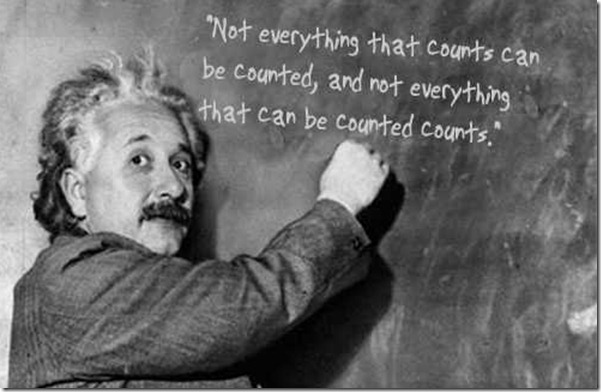
(Einstein didn’t actually say this (that honor actually goes to sociologist William Bruce Cameron
~ per Jeff Berg in Measuring Social Media Success)
You must use some common sense to determine what is important enough to make a priority and what is not. Here is something to keep in mind:
If targeted traffic to your site converts at a certain percentage – whatever that is –
sending more of the same type of targeted traffic WILL increase sales by the
same percentage. Notice the emphasis on TARGETED and SAME!
Now that you know the basics you can use the method Olivier Blanchard teaches to use timelines to measure ROI – not just of Social Media but also of your Adwords Pay Per Click and other advertising campaigns, new channels such as shopping portals and shopping comparison sites, and blog outreach and social media activities including Twitter chats or parties.
Here is a four minute video of Olivier explaining why you can’t calculate the PR value using simple numbers:
Hopefully you will see that if you use timelines you can more accurately determine at least some of the benefit your social media activities generate for you.
Do be sure to give your campaigns sufficient time to reflect the changes you make.
Ecommerce sites should be able to determine what the residual action time is between new ads and new purchases. Surprisingly, even inexpensive products you would expect to make immediate sales will see their greatest increases 7-10 days later.
The more expensive what you offer is, the longer the lag
between new ads or campaigns and purchases will be.
Next week I’ll explain what I mean by the second half of the title: Retweets are NOT conversions. I will be sharing my insights on the difference between driving social media activities and increasing income so do be sure to subscribe.
These are complicated subjects and most are lurkers too shy to ask so DO please ask your questions in the comments. For every person who gets up the courage to ask there are usually about 100 who wanted to know but didn’t.
Commenters are the courageous people whose actions benefit many others!
Be courageous: we WANT to be friendly and helpful!


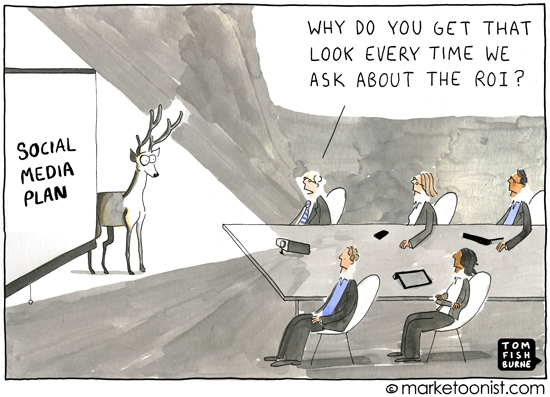

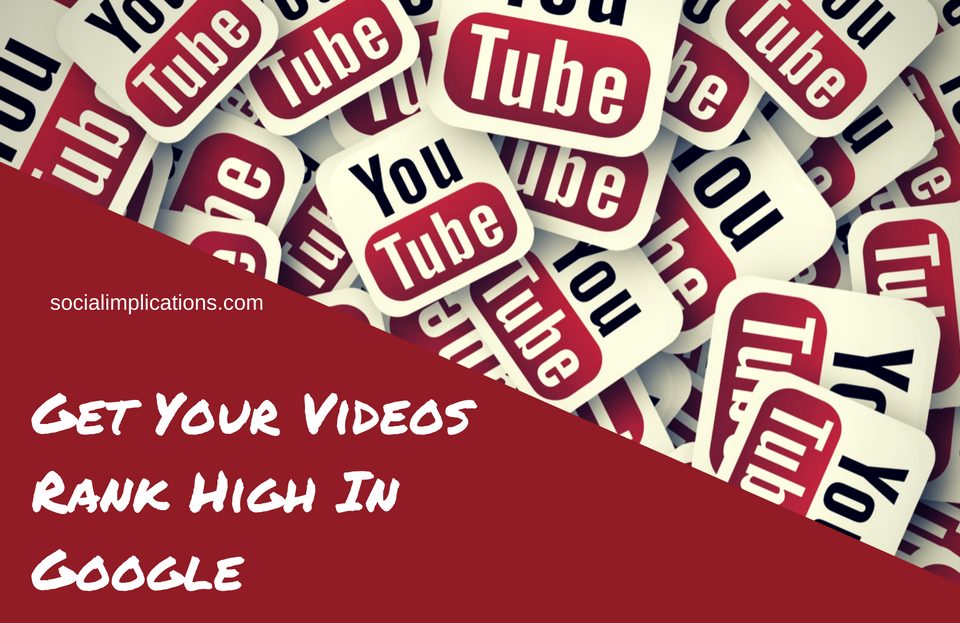



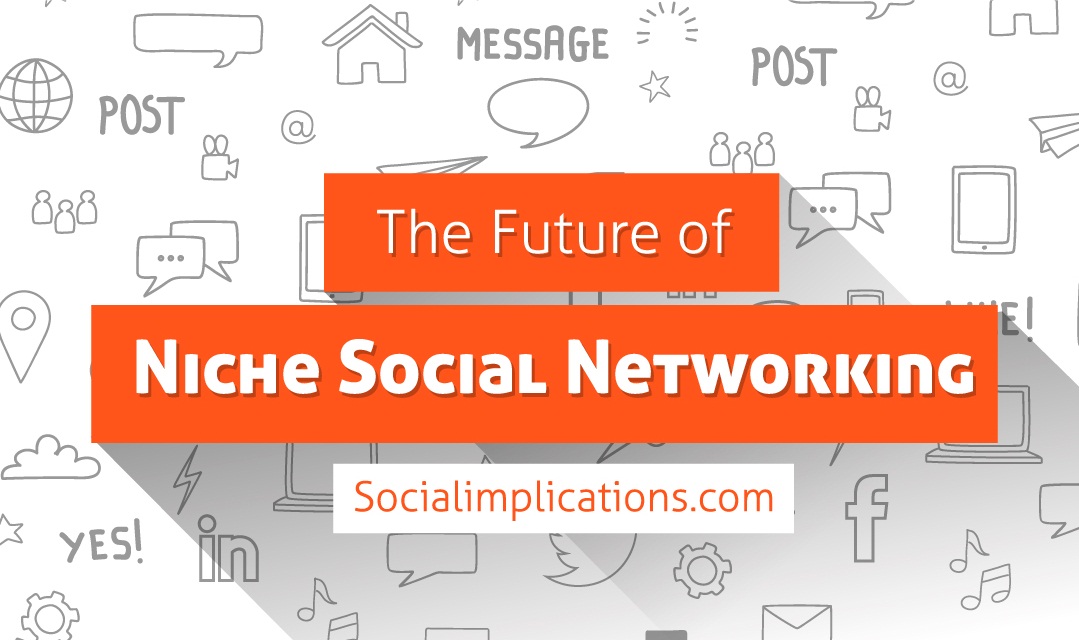

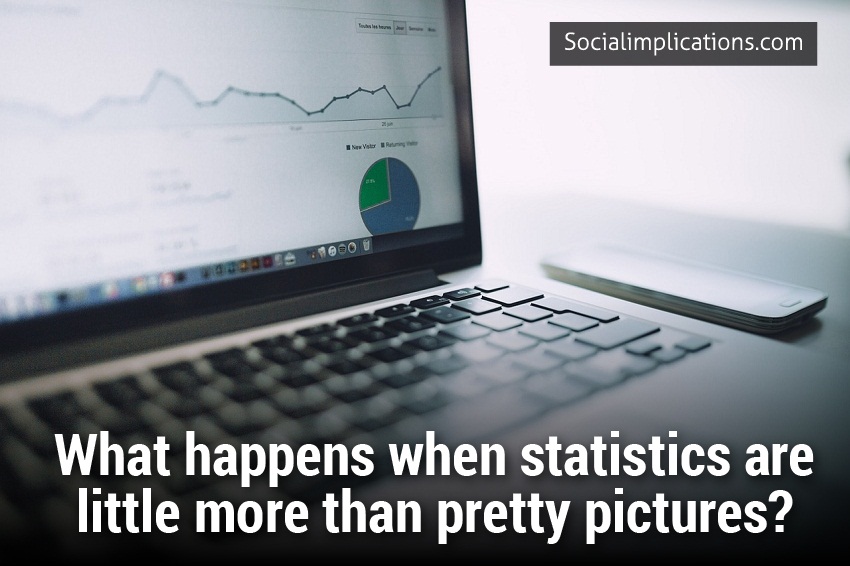




Hi. I think we should aim to measure the RoI of activity on social media. However, like my friend drew in a cartoon (http://www.flickr.com/photos/46501730@N04/6876173657/) when he said: What’s the RoI of your Dog? We need to be careful and not apply mechanistic and production line thinking to something that is very emotional.
Adrian
Hi Adrian,
I agree with your friend that what matters is relationships. No matter how much traffic we can drive or how many impressions we can create, in the end what creates ACTION – including sales – is relationship. People buy when they are certain they won’t be disappointed – and personal recommendations are what makes them feel safer.
That is why Facebook is trying to IMPLY that we are endorsing their advertisers – and many will fall for that and buy thinking their friends actually recommended something when they did not. You may be interested in my post about Getting Recommended – both to get referrrals for services and also to get your products and brand recommended. I’ve put that post in the CommentLuv link >>